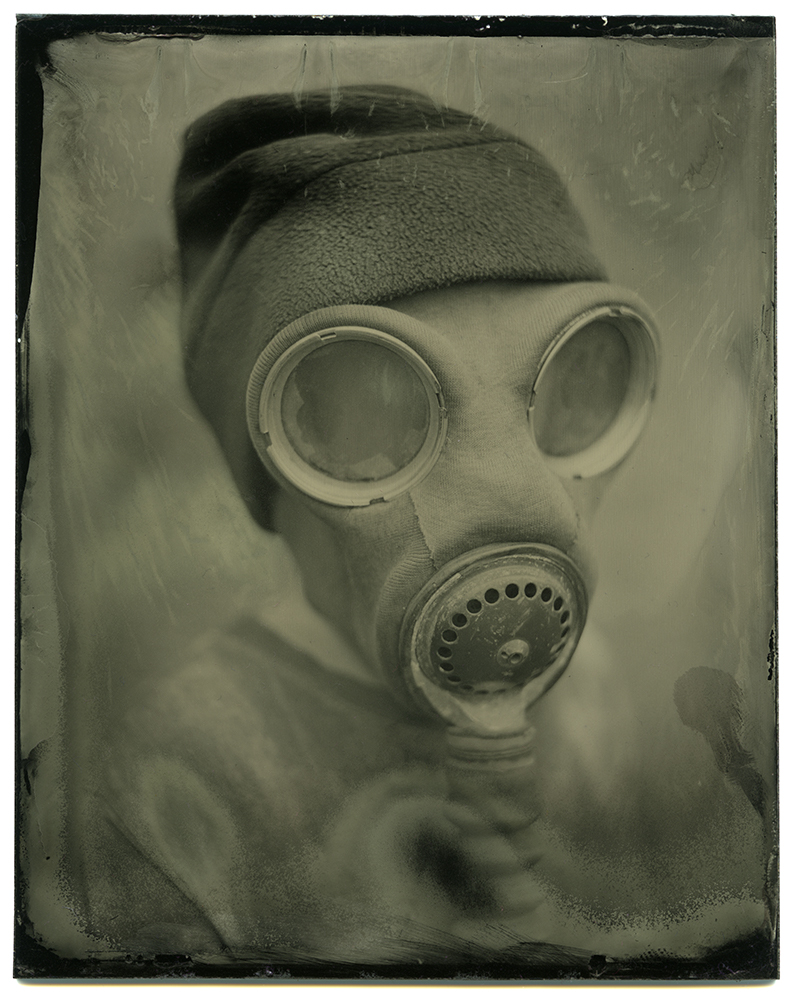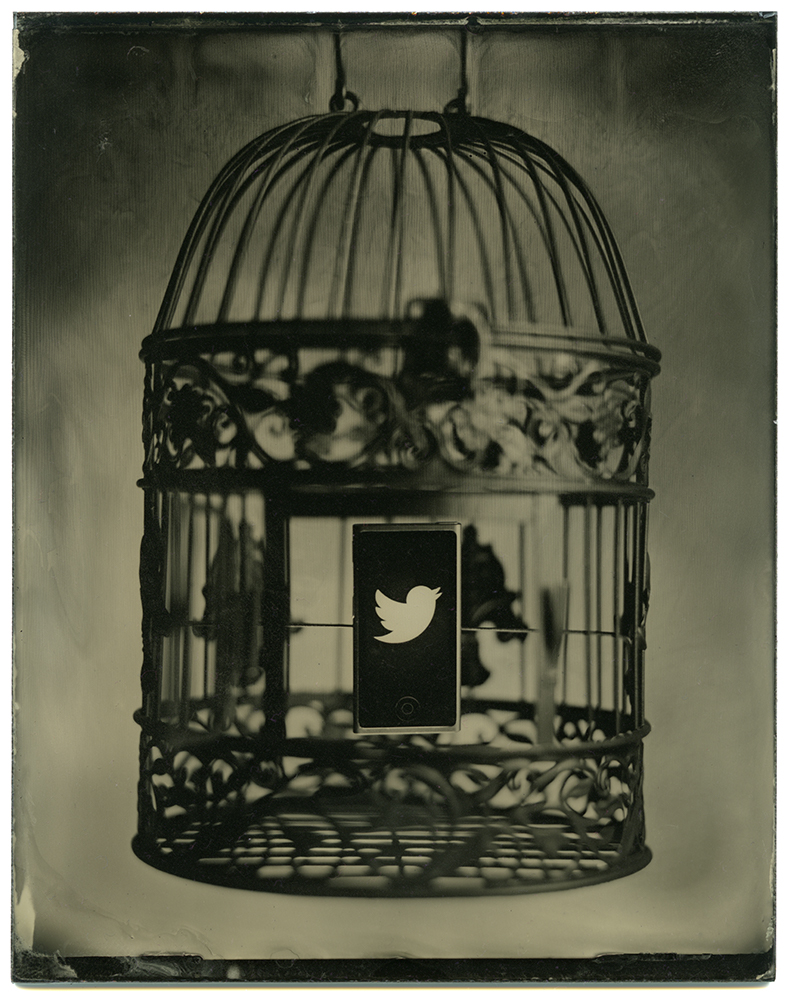I like to tinker with stuff, I really do. Not content with using standard published formulae for salted collodion, I thought that I would try to mix my own with sodium salts. It’s been an interesting exercise, but not an altogether successful one.
I recently tried John Coffer’s Poe Boy collodion as an alternative to formulae that contain cadmium bromide (which is a carcinogen and environmentally damaging). The Poe Boy formula contains only potassium salts, which are cheap and harmless compared to cadmium, but there is a problem; potassium bromide is largely insoluble in ether and alcohol, so when added to the collodion it precipitates out and the solution has to be left to “clear” for several days before use. Not only that, but you lose most of the bromide from the collodion as a result.
The old texts hint that sodium salts should be a good alternative, but there are relatively few period formulae that use them, possibly because at the time they were difficult to obtain in pure form. Sodium salts are now widely available and relatively inexpensive, so I thought that I would give them a go. To do this, I just adapted Coffer’s Poe Boy formula as follows, making allowance for the different molar mass of the sodium salts:
- Collodion 240 ml
- Denatured alcohol 300 ml
- Sodium bromide 3.5g
- Sodium iodide 5.5g
The sodium iodide dissolved easily in about 5 ml of distilled water. The bromide dissolved less easily, and needed plenty of stirring and some warming in a bath of hot water. I needed to add a couple of extra drops of water to get the bromide to completely dissolve. This solution was then added to the collodion/alcohol mixture and stirred with a glass rod until clear. As noted above, there is no precipitate so no need to let the solution clear. I did add a few drops of tincture of iodine to speed up the ripening and left it a day before use.

In the end, the results were disappointing. The plates were very creamy when they came out of the silver bath and seemed too dense. After development there was a thick silvery veil over the plates which rubbed off easily, and the collodion often developed holes and came off the plate during development. After a couple of attempts I basically wrote this formula off as a bad job. My suspicion is that there is too much iodide and bromide, perhaps leading to silver salts being formed on the surface of the collodion layer, rather than in it.
That said, it did have some use. Rather than throw the whole lot out, I mixed it 50:50 with some old red Poe Boy collodion to make a four-salt mix. When added together, a precipitate was formed (presumably due to potassium iodide from the Poe Boy reacting with the sodium bromide to make potassium bromide). After standing for a day or so and decanting, this turned out to be a pretty good mix. A plate made with the four-salt mix is shown here, together with the best plate made using the NaI/NaBr mix.

After experimenting with all this I got in touch with Fionnbharr O Suilleabhain, who passed on a sodium salts recipe he was given by the late Sean MacKenna. Sean’s recipe was pretty similar to what I did, but with a slightly different quantity of the two salts. Fionnbharr reports the same problems with the sodium salts recipe that I experienced, but Sean evidently made some very nice plates with it. Intriguing. I will continue to experiment.

Share this post
Twitter
Facebook
Reddit
Pinterest
Email